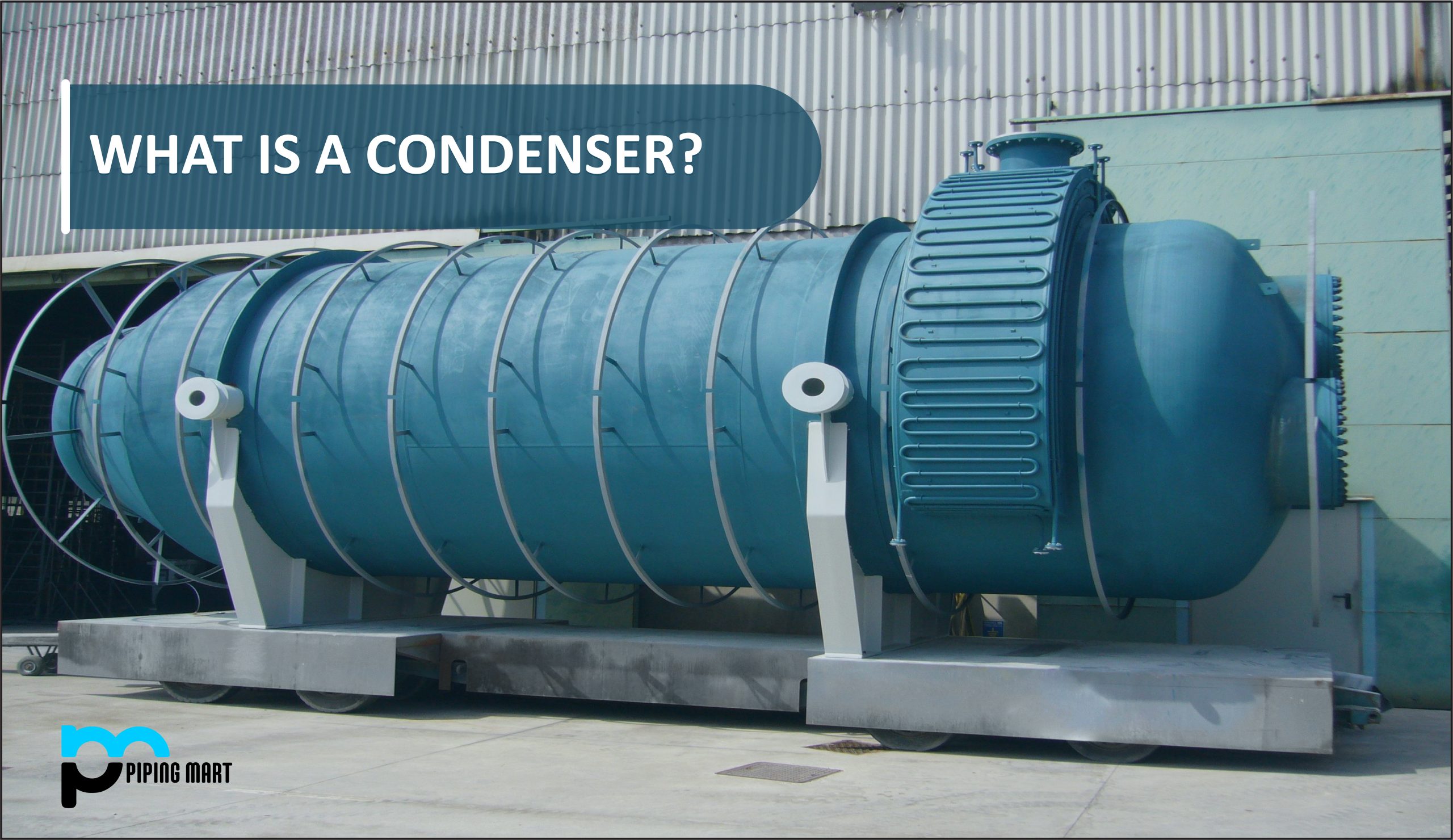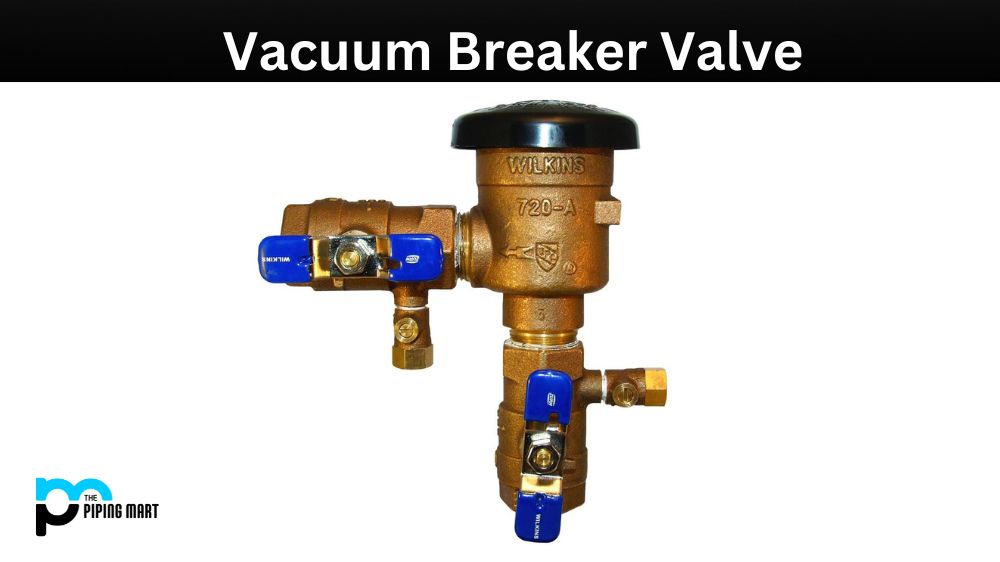In the simplest terms, a condenser is a cooling system. Every refrigeration system and power plant uses condensers, often referred to as heat rejectors, to condense refrigerant vapours or steam. In actuality, it converts extremely hot and under pressure vapour into a subcooled liquid. It is a mechanical device that uses compression and/or heat transfer to change heated vapour or steam into a liquid. Automobiles, building services, process industries, refrigeration industries, and steam power turbines all frequently employ condensers.
Air, water, or a combination of the two is frequently used as a cooling medium. Condenser units can range in size from small portable units to big industrial scale units. The application, the kind of gas that has to condense, and the kind of cooling media all influence the condenser selection.
Types of condensers
- Air cooled condenser
This kind of condenser uses air as the external fluid to expel heat from the machine. Typically, copper coils are used in air-cooled condensers to receive refrigerant.
It is divided into two :-
- Natural convection – In this form of condenser, as air contacts the heated coil, it absorbs the heat of the refrigerant contained therein, raising the air’s temperature. As the warm air rises and displaces the cold air, the cold air again comes in contact with the hot coils and rejects the heaters because it is lighter. Until refrigerants stop having heat, this natural cycle will continue.
- Forced convection – In forced convection condensers, air is continuously circulated over the condenser surface by a fan or a blower. These condensers typically incorporate fins on the airside to facilitate effective heat transfer. Fins come in plate- or annular-shaped varieties. In the chassis-mounted kind, the compressor, induction motor, condenser with condenser fan, accumulator, HP/LP cut-out switch, and pressure gauges are all mounted on a single chassis.
- Water cooled condenser
With compressors that are one horsepower and bigger, water-cooled condensers are used. When there is a sufficient supply of clean, inexpensive water with little corrosion and a sufficient amount of inexpensive water disposal options, they typically provide the most cost-effective alternative to condensers.This kind of condenser uses water to cool the hot refrigerant and turn it into liquid. The lower the amount of water utilized in a water-cooled condenser, the higher the condensing temperature and the more expensive the power. It is divided into three :-
- Double tube condenser – In double tube condensers, a water tube is enclosed by a bigger refrigerant tube. The majority of the heat produced by the refrigerant is absorbed by water, but some of the heat is also cooled via natural convection because the refrigerant tube is exposed to air currents.
- Shell and coil condenser – A shell-and-coil condenser has a welded shell that houses a coil of finned water tubing. In this particular form of water-cooled condenser, the hot refrigerant circulates in the shell while the cooling water circulates inside the coils and condenses the refrigerant.
- Shell and tube condenser – One of the different types of condensers converts heat using a cylinder shell made of water tubes. In shell and tube condensers, refrigerant goes into the shell while water is pushed through pipes. Better heat transfer is made possible by the insertion of fins in the pipes.
- Evaporative condenser
It is a condenser that can be both water- and air-cooled. In evaporative condensers, either air or water serves as the condensing medium. A sump in the condenser sprays water over the coils. A fan blows air into the condenser. The heat needed for the water to vaporise is obtained from the heat of the refrigerant when it is sprayed across the coils. A small amount of water was circulated by descending into the sump, but to make up for the amount that evaporated, more water is added to the sump’s water supply.

Pipingmart is B2B portal specializes in industrial, metal and piping products. Also, share latest information and news related to products, materials and different types grades to help business dealing in this industry.




